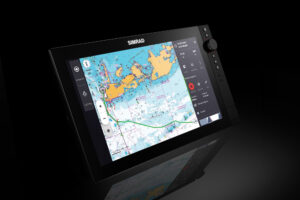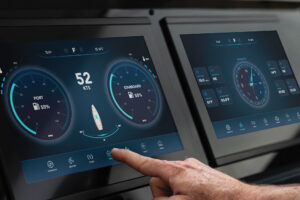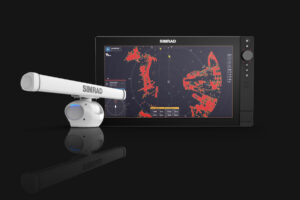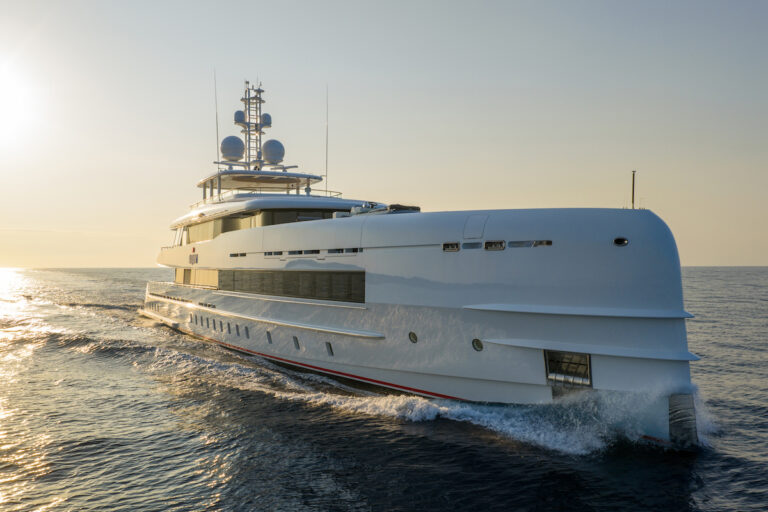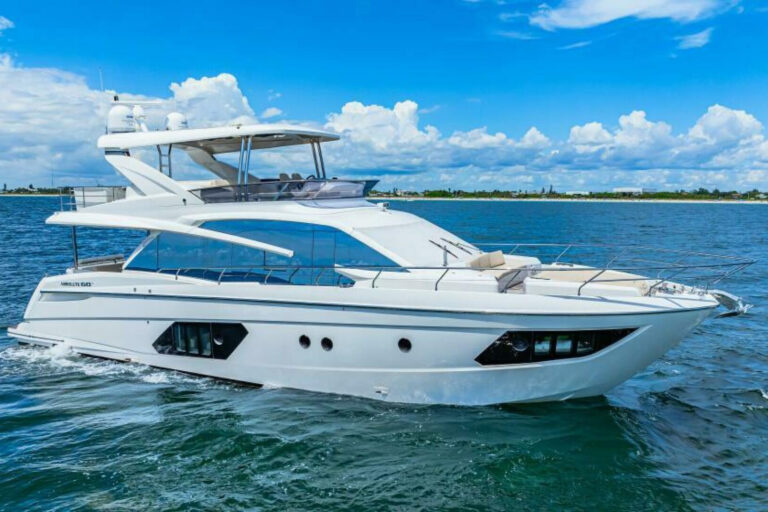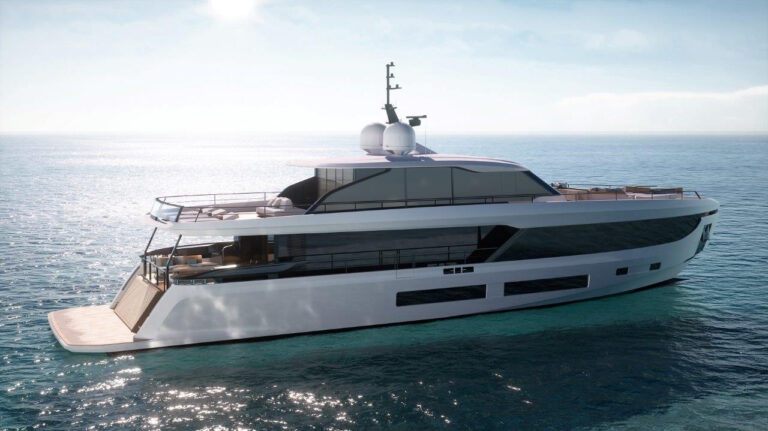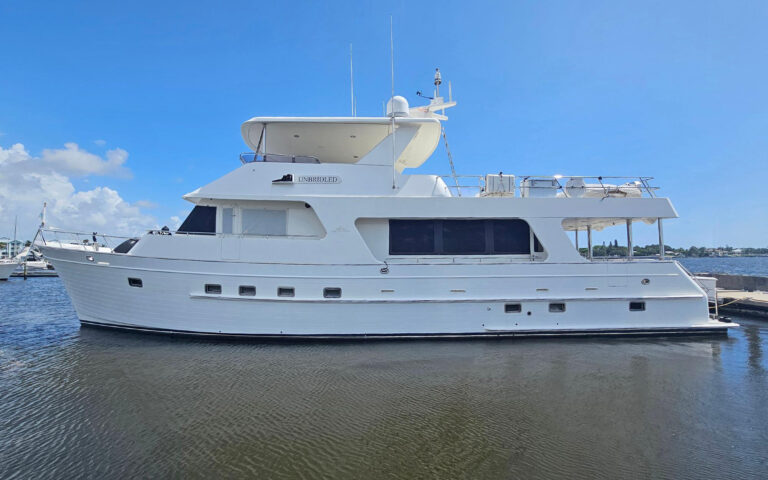
It starts silently and small. Given time and proper steeping conditions, though, marine growth can snowball into a performance-draining mess. Here in Seattle, Puget Sound’s nutrient-rich waters ricochet between 46 and 56 degrees Fahrenheit year-round, and even those temperatures don’t stymie growth. Stroll the docks at Shileshole Bay Marina and plenty of otherwise fine-looking yachts sport shaggy underwater beards that require regular diver visits or trips to freshwater Lake Washington to remedy. Extrapolate out to Florida’s sun-baked, bathtub-warm waters and it’s easy to see how marine growth can create significant problems.
Mariners have battled befouled undercarriages since the dawn of exploration and trade. They at one point attached copper cladding to wooden hulls to solve the problem, a lesson that reverberates with today’s ablative and hard-bottom anti-fouling paints that typically employ cuprous oxide as their active ingredient.
Now come ultrasonic solutions such as Sonihull systems, which disrupt marine growth’s food chain, rendering a vessel’s hull an inhospitable habitat while helping to keep tanks, piping and shaft/drive systems growth-free.
Marine growth relies on a food chain that begins when free-swimming phytoplankton attach to a yacht’s hull and replicate. The resulting green algae is an irresistible habitat for higher-order zooplankton such as mussel and barnacle larvae that attach to the hull, grow and replicate too, potentially damaging the hull. While the traditional solution to this problem has been to use biocides that indiscriminately kill all attached growth, Sonihull and other manufacturers of ultrasonic anti-fouling systems, including Ultrasonic Antifouling and Ultrasonic Marine, realized that if the food chain could be broken, marine growth would detach or die.
“Algae is a single-cell animal,” says Phil Quartararo, product manager at PYI Inc., which is Sonihull’s U.S. distributor. Ultrasonic anti-fouling systems work on a cellular level. By introducing targeted pulse frequencies into a hull, the systems create a resonance that forces microscopic movements of water. This water movement creates sudden, microscopic cavitations each time the pressure drops, causing the single-celled algae to implode and die while preventing zooplankton from attaching.
Sonihull systems use a control box hardwired to at least one hull-mounted, IP68-rated transducer encased in thermoform plastic, thus averting electrolysis and preventing current from entering the hull. The transducer is screwed onto a ring that’s epoxied in place on the inside of the hull (read: no through-hull holes required).
“Sonihull commissioned a university to study algae under an electron microscope to narrow down 21 [fatal] frequencies,” Quartararo says. These 21 frequencies range from 19.5 kHz to 55 kHz, and Sonihull systems cycle through an endless playback loop that the transducer’s physical design enhances. “The airspace in our transducers is filled with metal filings that make the transducer act like a dead-blow hammer,” says Quartararo, adding that Sonihull uses electronic componentry that matches impedance and resistance across the entire system to thwart heat buildup.
PYI says Sonihull turns a hull into a giant ultrasonic speaker, with the transducers acting like speaker cores and the hull’s outer skin serving as the speaker cone. But, Quartararo says, Sonihull doesn’t disturb other instrumentation, shy of possible momentary interference from overlapping frequencies.
“It’s like having a fish finder and depth sounder running at the same time,” he says.

Each Sonihull transducer provides anti-fouling protection for up to a 33-foot radius, and Sonihull systems are available with one, two or eight transducers ($1,650 to $9,950 per system). Installations are scalable to provide the correct hull protection, and the systems are built to work on all hull types, excluding wood and concrete. Owners of boats with cored fiberglass hulls will need to have the coring material removed under each transducer.
Sonihull systems can be matched with adapters to protect piping and drives (see sidebar), while transducers can be fitted onto sea chests, heat exchangers and water tanks, keeping potable water fresh longer and killing diesel bugs.
Sonihull is designed to run 24/7, but the low-draw systems are configured to use shore power before tapping into the yacht’s direct-current reserves, and they automatically turn off in low-voltage (12 volts or less) situations.
“We know you’d rather have your bilge pumps running than a clean bottom,” Quartararo says.
Sonihull is essentially a set-it-and-forget-it system, except for the recommended monthly task of inspecting the LED indicator lights on each control box. While exact metrics depend on a yacht’s performance characteristics and how hard it’s run, PYI says users could see fuel consumption drop by 20 to 30 percent. A Sonihull system should double the life span of anti-fouling paint, the company says, while halving planned haul-outs. And clean hulls offer far better performance and incur less wear and tear on engines and steering and trimming systems.
Sonihull and other ultrasonic anti-fouling systems also offer environmental benefits. Less fuel pumped equals less emitted carbon dioxide, while less bottom paint applied means less cuprous oxide entering the ocean.
“Fish swim up to Sonihull-protected boats, but they don’t dart away,” Quartararo says. “These are fish-finder frequencies — they won’t kill whales.” ¶ While PYI says competent DIYers can install Sonihull systems, professional installers are sometimes required for bigger installations or jobs involving cored GRP hulls.
Quartararo says that, once installed, the systems are quiet. “They operate at frequencies above 19.5 kHz, which is beyond the audible range of most humans,” he says.
PYI does say the systems allow some marine growth to continue. That includes ascidian (“sea squirts”) that exist outside the algae-fed food chain. For those issues, anti-fouling biocides may still be required.
Even still, Sonihull systems seem to offer handsome dividends, both for yachtsmen and for the environment. Given tightening regulations in some states regarding cuprous oxide in anti-fouling paint, Sonihull could be a way of future-proofing a yacht while ensuring that its hull bottom never looks like a “water wookie.”
Whistle Clean
In addition to hulls, Sonihull transducers fit onto steel, aluminum, stainless steel, titanium, fiberglass and rigid-plastic pipes via a bonded-on adapter. These adapters are available through PYI and come in 17 sizes that accommodate 1- to 36-inch-diameter pipes, and bespoke sizes can be ordered. Once fitted, these adapters allow ultrasonic frequencies to enter pipe walls and combat growth. Similarly, Sonishaft and sterndrive fittings enable Sonihull transducers to protect propellers, drive shafts, sail drives and sterndrives.


